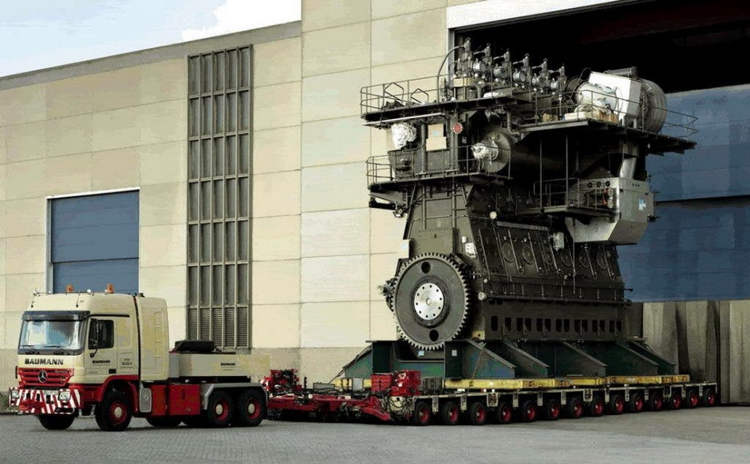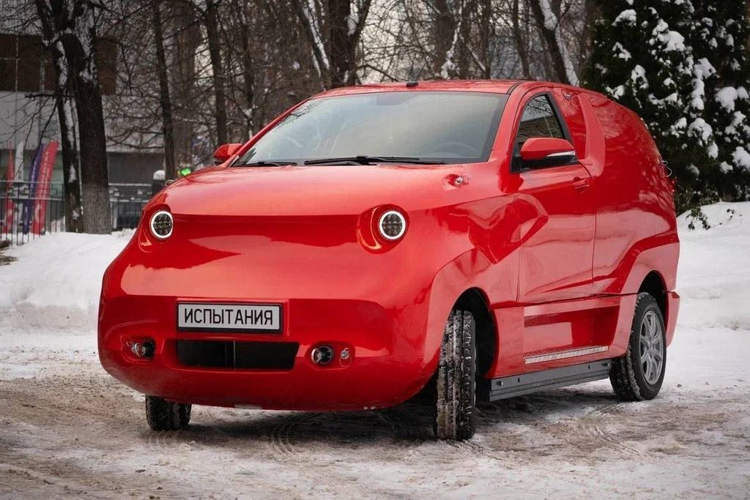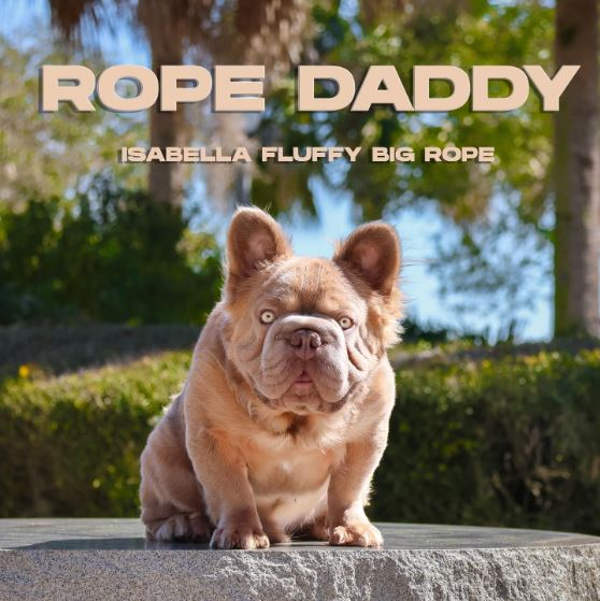Self-Proclaimed Shaman Convinced Her Victims That Their Jewelry Was Cursed and Required an Exorcism
A 44-year-old Austrian woman who posed as a shaman is currently wanted by police for scamming victims out of more than $11 million.

Ghanian Noah Is Building Wooden Arks to Save Humanity from Imminent Biblical Flood
Ebo Noah, a self-proclaimed prophet from Ghana, in Western Africa, is building giant arks to save humanity from an imminent flood due to start on December 25th.

Woman “Wears” Severed Ear on Her Foot for Five Months Before Reattachment
A Chinese woman who had her left ear torn off during a freak work accident wore it on her instep for five months before having it surgically reattached.

Staff Skip Work by Using Paper Masks to Trick Facial Reacognition Systems
Neighborhood civil servants in China have been caught using masks of their colleagues' faces to trick facial recognition systems and help them skip work.

Porsches Across Russia Suddenly Stop Working
Hundreds of Porsche owners in Russia have reported that their luxury vehicles are refusing to start, but no one knows exactly why.

Fresh Finds
From the Weird Side
Subscribe
Get new posts by email.
Trending Oddities
Last Year
92-Year-Old Woman Is the World’s Oldest Working Model
Carmen Dell'Orefice is known as the oldest working model in the fashion industry. She was discovered on a bus when she was only 13…
The World’s Largest Combustion Engine Uses 250 Tons of Fuel a Day
Designed to power giant container ships, the 14-cylinder Wärtsilä-Sulzer RTA96-C two-stroke turbocharged diesel engine is the world's largest combustion engine. Measuring thirteen meters high,…
Russian Electric Car Prototype Becomes Laughing Stock of the Internet
The Amber Yantar, a new electric vehicle prototype from Russia, has been dubbed the world's ugliest car because of its bizarre, unattractive design. Car…
Meet Rope Daddy, a Special French Bulldog Specimen Valued at $120,000
Rope Daddy is an exceptional specimen of Big Rope, one of the most sought-after varieties of French Bulldog, whose enviable genetic traits allegedly make…
Man Goes to Hospital for Gallbladder Surgery, Walks Out with Accidental Vasectomy
An Argentinian man got the shock of his life after undergoing what he thought was surgery on his gallbladder, only to later learn that…
Korean Model Wearing a Cardboard Box with Holes for Groping Charge with Obscene Exposure
A South Korean model who became known as the "Angel Box Girl" for walking around in a cardboard box and letting strangers grope her…






